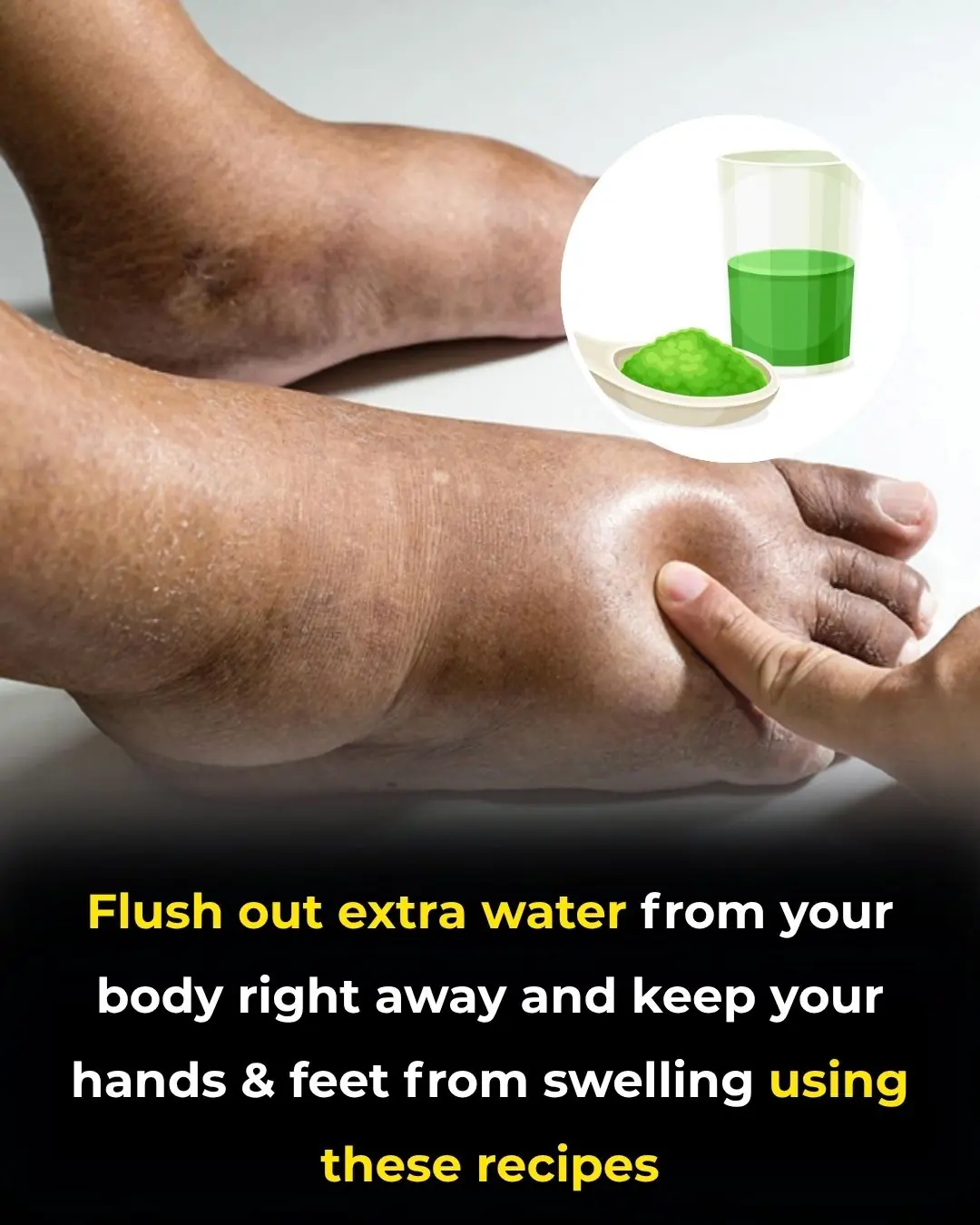
Why Some People’s Skin Turns Red When Drinking Alcohol
The Disturbing Reason Why Some People’s Skin Turns Red When Drinking Alcohol
Many people enjoy the warm, relaxed feeling that comes after a drink or two — alcohol has long been associated with social bonding, stress relief, and celebration. But for some, even a single sip triggers an unexpected and sometimes embarrassing reaction: sudden, intense facial redness.
If you’ve ever found your face turning bright red after a glass of wine or beer, you’re not alone. And according to medical experts, this phenomenon reveals something important — and potentially dangerous — about how your body handles alcohol.
The “Alcohol Flush” Reaction Affects Millions
More than 540 million people worldwide experience facial flushing after consuming alcohol. While it might appear to be a harmless cosmetic issue, doctors warn that this reaction is tied to genetic factors that affect how your body metabolizes alcohol — and may signal deeper health concerns.
This condition is especially common among individuals of East Asian descent, but it can affect people of any ethnicity.
What Causes the Redness?
Every time you drink alcohol, your liver starts breaking it down through a two-step metabolic process:
-
Ethanol → Acetaldehyde
Alcohol is first converted into acetaldehyde, a toxic and highly reactive compound. -
Acetaldehyde → Acetate
Next, acetaldehyde is broken down into acetate, which is much less harmful and is safely eliminated from the body.
However, people with alcohol flush syndrome carry a genetic variant — often a defective ALDH2 enzyme — that makes the second step slow and inefficient. As a result:
-
Acetaldehyde builds up rapidly
-
Blood vessels dilate
-
The body triggers a histamine response
This leads to symptoms such as:
-
Bright red or blotchy facial skin
-
Rapid heartbeat
-
Nausea or stomach discomfort
-
Dizziness or headaches
-
Warm or burning sensation in the face and neck
-
Congestion or stuffy nose
The flushing occurs because acetaldehyde causes blood vessels to open up under the skin, making the redness especially visible.
Is It Dangerous?
Unfortunately, yes — and not just because of the outward appearance.
Acetaldehyde is a known carcinogen, meaning constant buildup in the body can increase the risk of several serious health conditions. Research has linked alcohol flushing to a higher likelihood of:
-
Esophageal cancer (particularly squamous cell carcinoma)
-
High blood pressure
-
Heart disease
-
Chronic liver damage
-
Increased hangover severity
Even short-term symptoms — like rapid heartbeat or dizziness — can indicate that your body is under stress and struggling to process alcohol safely.
In other words, the redness isn’t just a surface reaction. It’s your body’s alarm system.
Can You Prevent Alcohol Flush?
Since the condition is genetic, there’s no true “cure.” Some people use antihistamines before drinking to reduce redness, but doctors strongly advise against this:
-
Antihistamines only hide symptoms
-
They do not stop acetaldehyde buildup
-
They may encourage heavier drinking without reducing the underlying risk
The only reliable way to prevent flushing — and protect your health — is to limit or avoid alcohol.
Why Many People Choose Dry January — and Even Continue After
Those who experience flushing often find traditional drinking uncomfortable, which is one reason many participate in Dry January — an increasingly popular month-long challenge to abstain from alcohol.
But the benefits extend far beyond avoiding a red face.
Research from the University of Sussex showed participants experienced:
-
Better sleep quality
-
Increased daytime energy
-
Stronger focus and productivity
-
Healthier-looking skin
-
Improved mood and mental clarity
-
Reduced alcohol dependence months later
Dr. Richard Piper, CEO of Alcohol Change UK, emphasized:
“Dry January offers the opportunity for a total reset.”
In addition to health improvements, many people also report saving money, losing weight, and feeling more in control of their habits.
Final Thoughts
If your skin turns red after drinking alcohol, it may be your body’s way of telling you something important. This reaction isn’t just a harmless blush — it’s a sign that your body is struggling to break down a toxic byproduct, potentially putting you at higher risk for long-term health issues.
Even for people who don’t experience flushing, alcohol consumption still carries risks such as liver disease, high blood pressure, and certain cancers.
The safest approach?
Listen to your body, limit your drinking, and consider taking alcohol-free breaks — not just for your skin, but for your overall long-term health.
If you’d like, I can also:
✅ Shorten this into a social media post
✅ Turn it into a video script
✅ Add more scientific explanations
News in the same category


What Your Nails Reveal About Your Health: Hidden Signs You Shouldn’t Ignore

The #1 reason to drink lemon water daily (and the mistakes that ruin it)
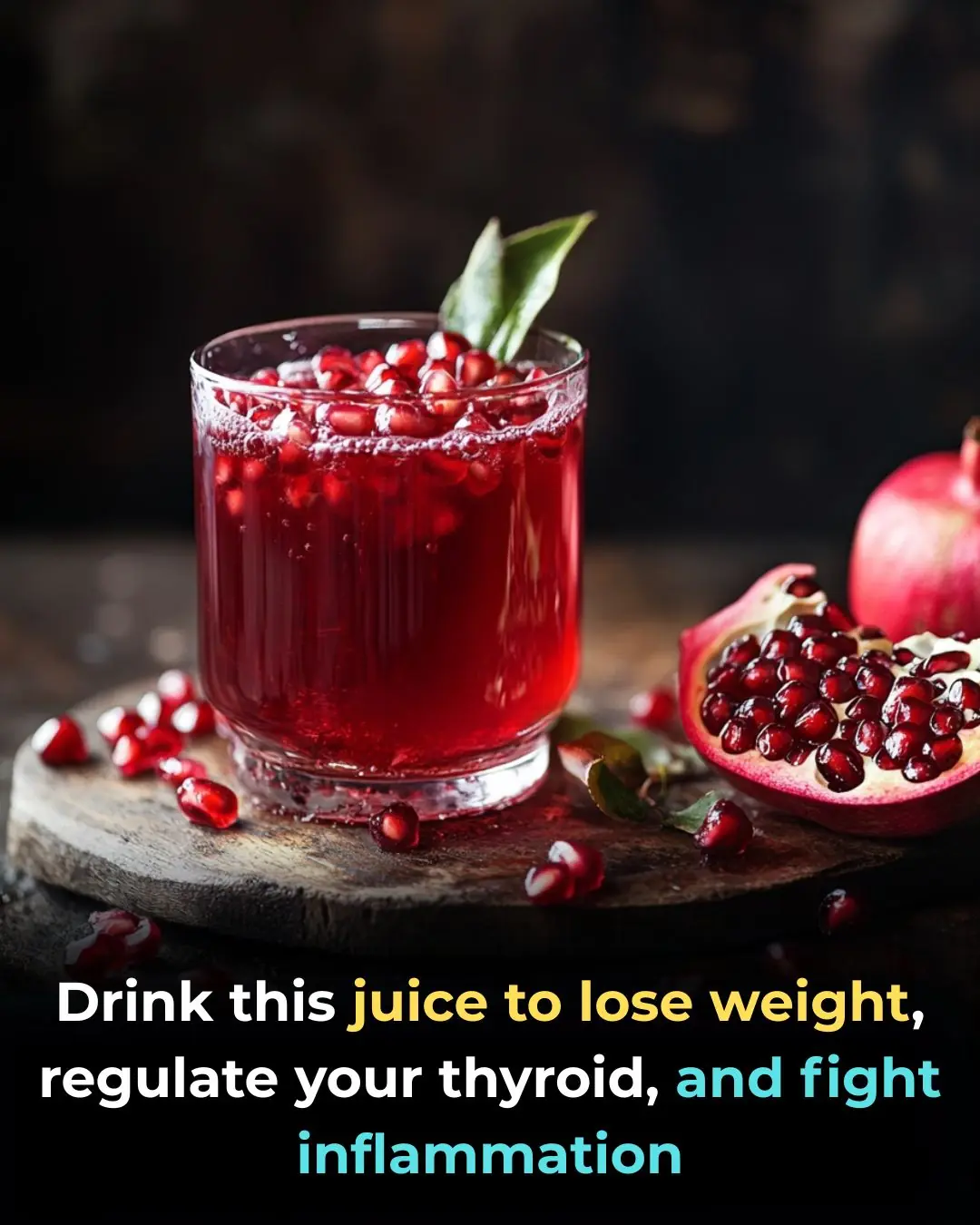
Maintain Your Thyroid in Top Condition with This Juice

Eggs in Pregnancy: How They Can Supercharge Your Baby’s Brain Development

Scientists Achieve Breakthrough in Reversing Human Skin Cell Aging by 30 Years: A New Era for Anti-Aging and Regenerative Medicine

Eating Eggs Weekly May Reduce Alzheimer’s Risk by 47%: What New Research Reveals
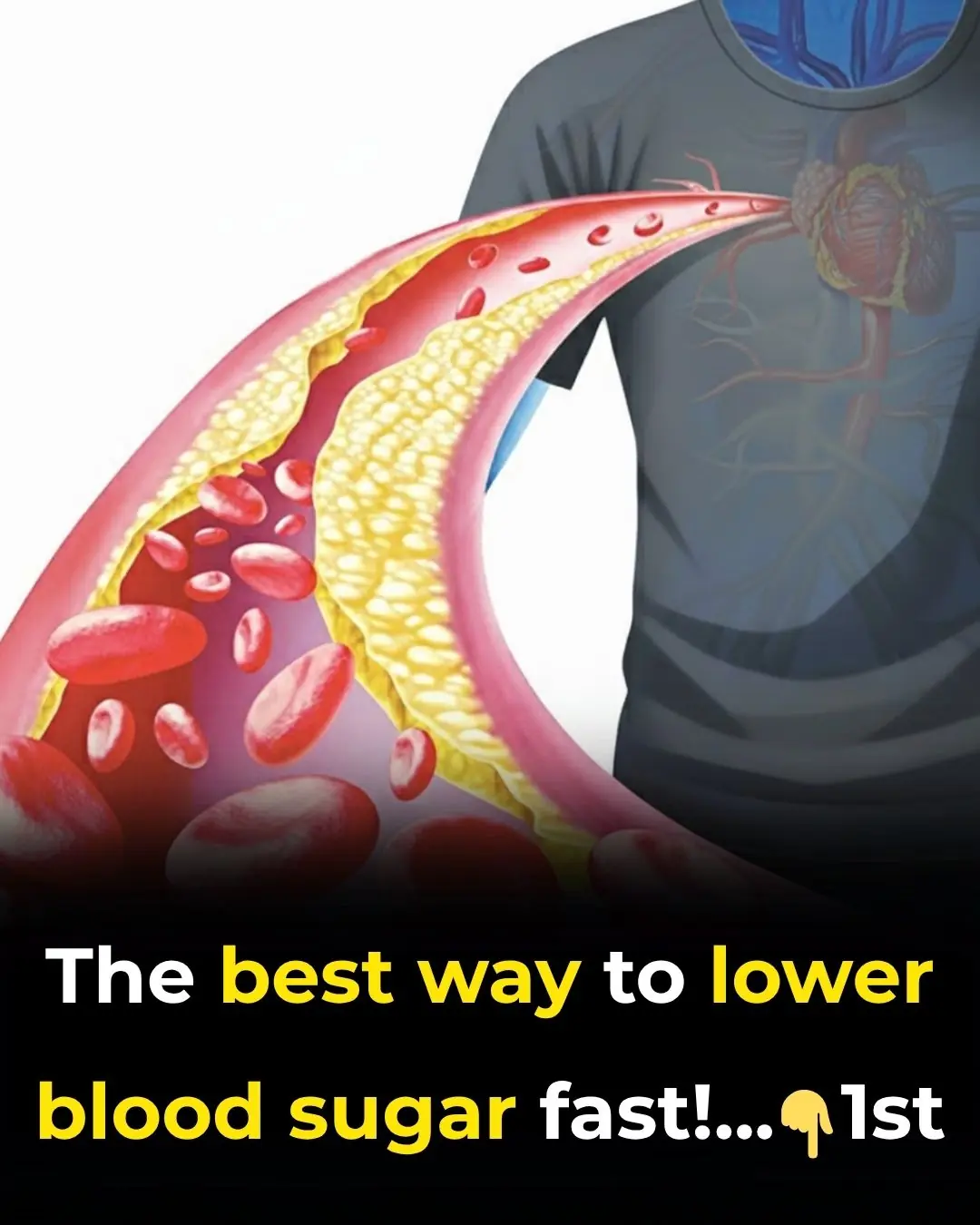
The best way to lower blood sugar fast!

Signs of pancreatic cancer you should never ignore

Top 3 Foods to Prevent Leg Cramps in Seniors: Strengthen Your Legs Naturally!
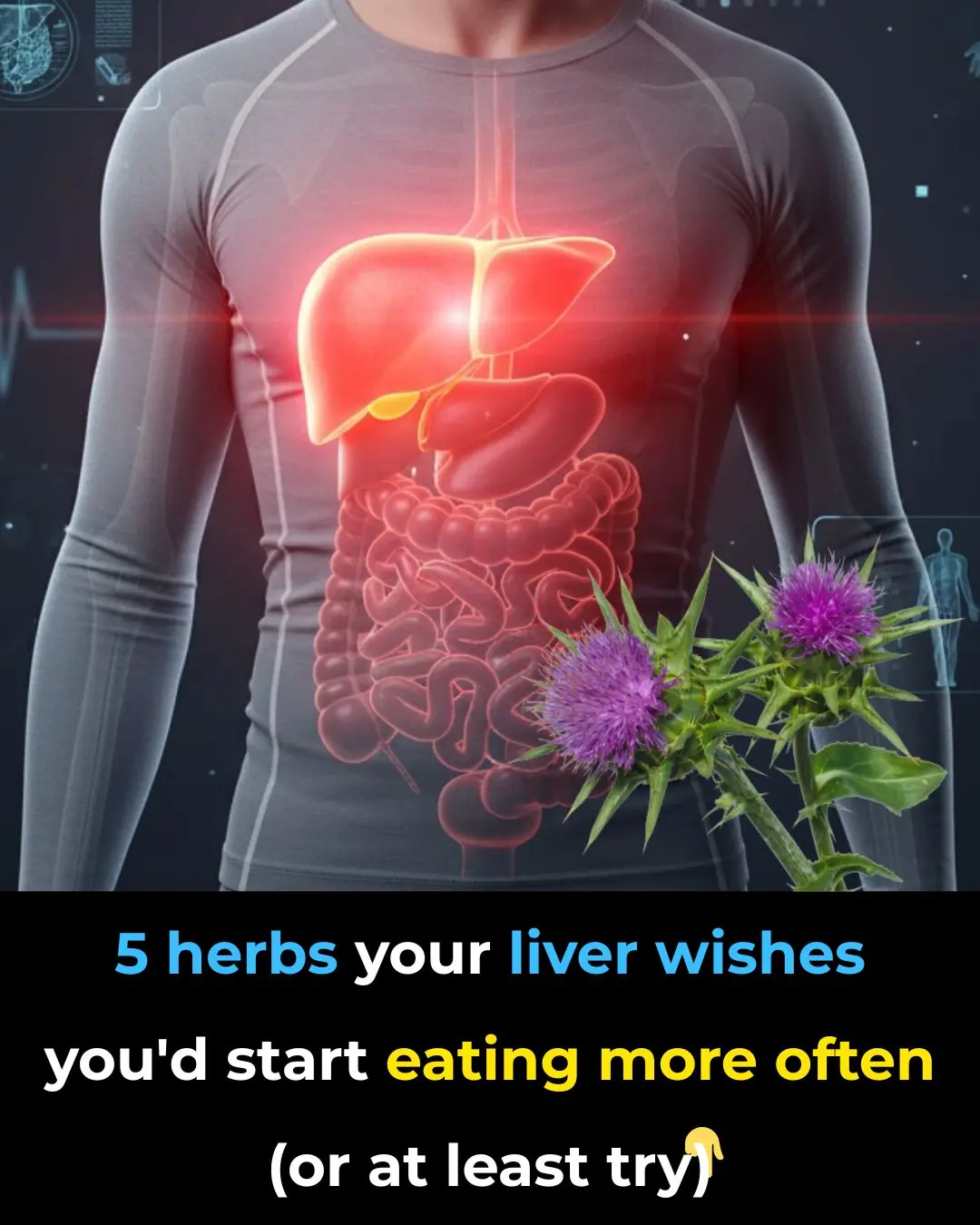
5 Herbs Your Liver Wished You’d Start Eating More Often (Or At Least Try!)

Top 10 foods that unclog arteries naturally and prevent heart attack
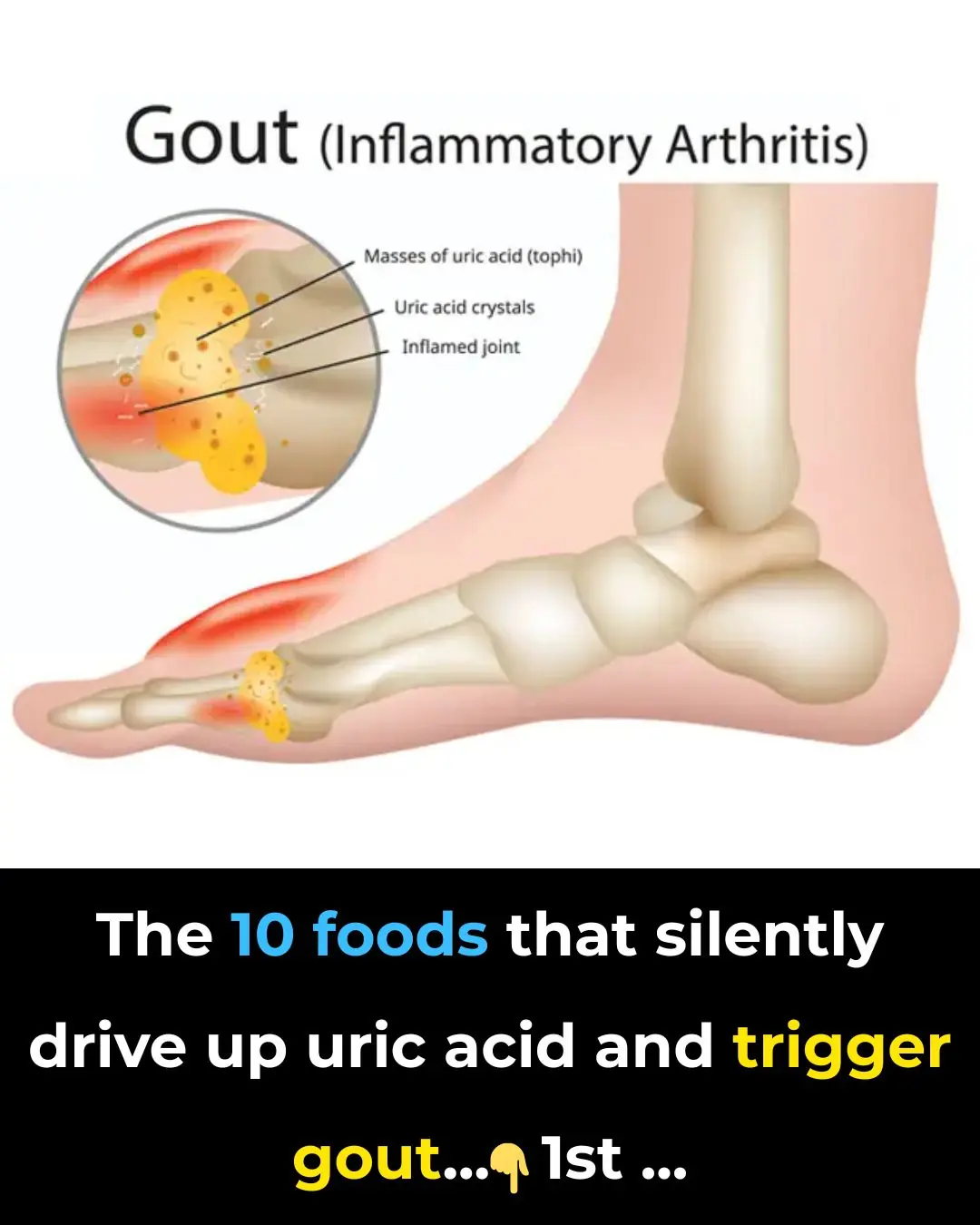
Top 10 Uric Acid Foods To Avoid If You Have Gout

The natural ingredient that helps you sleep through the night and boosts fat burning
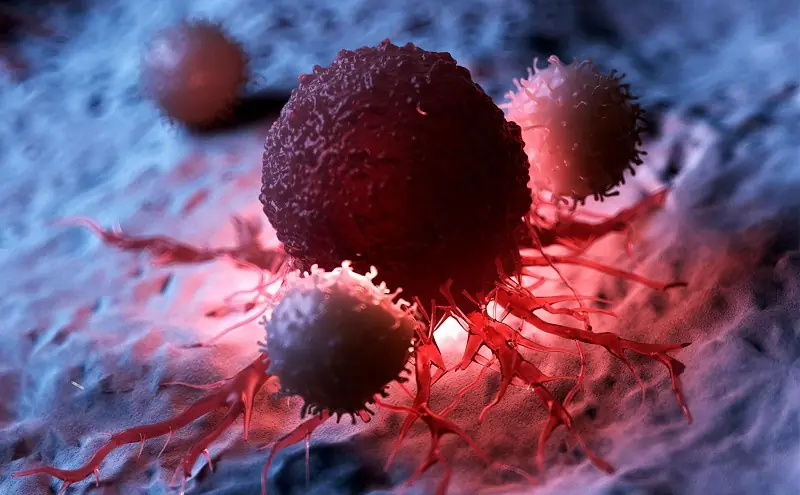
Cancer Dies When You Start Eating These 8 Foods. Time To Start Eating Them
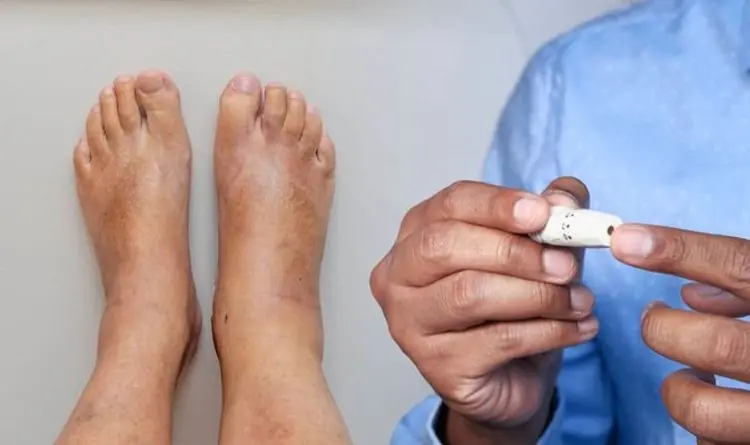
Your Feet Are A ‘Blood Sugar Meter’ – Beware Of Diabetes If You Frequently Experience These 12 Symptoms
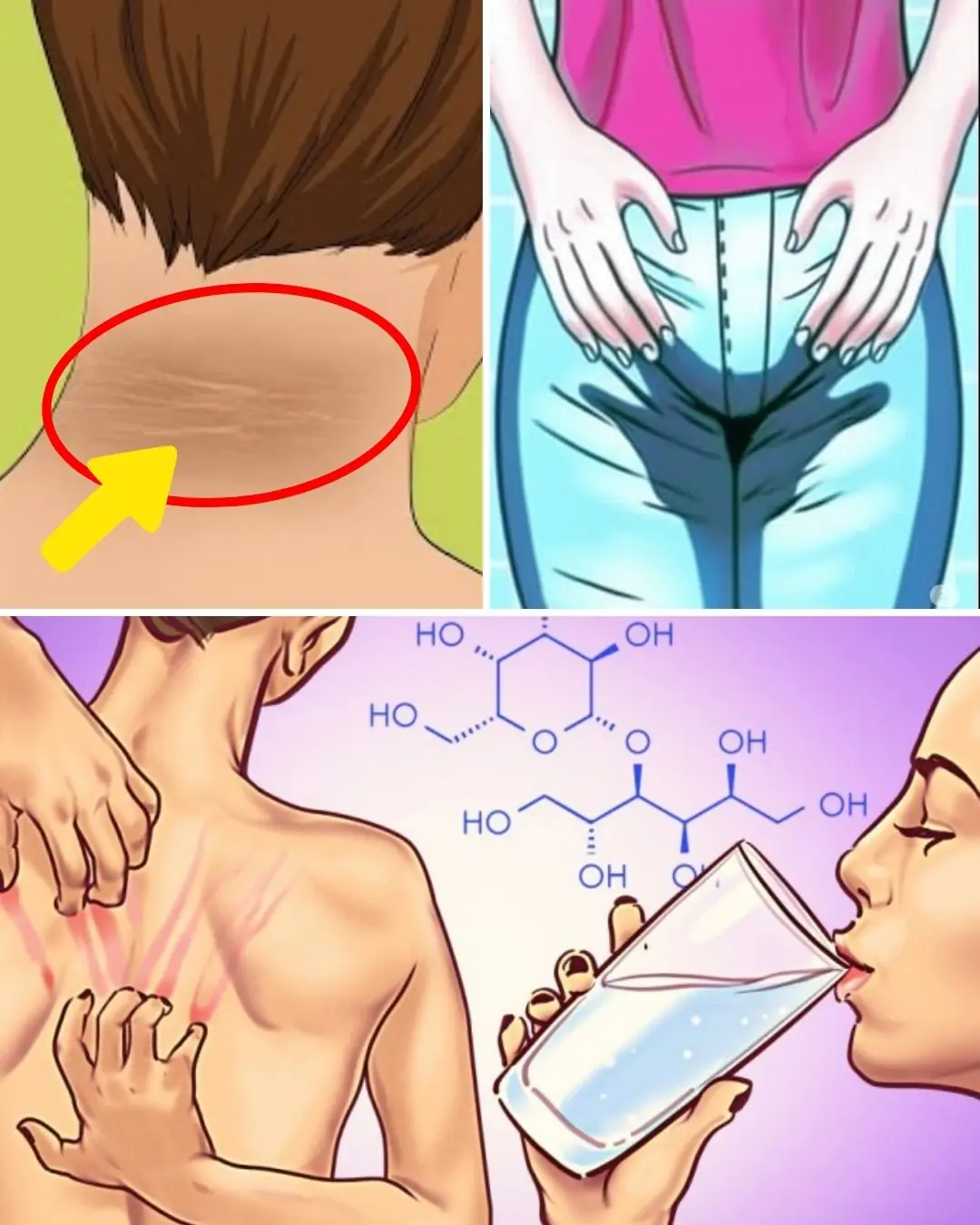
What are the symptoms of diabetes?

Shoulder Pain from Sleeping: Causes, Solutions and More

6 Trigger Foods That Cause Agonizing Pain If You Have Neuropathy
News Post

The One Show Faces Viewer Backlash Over ‘Gruelling’ Children in Need Challenge Squad Fundraiser
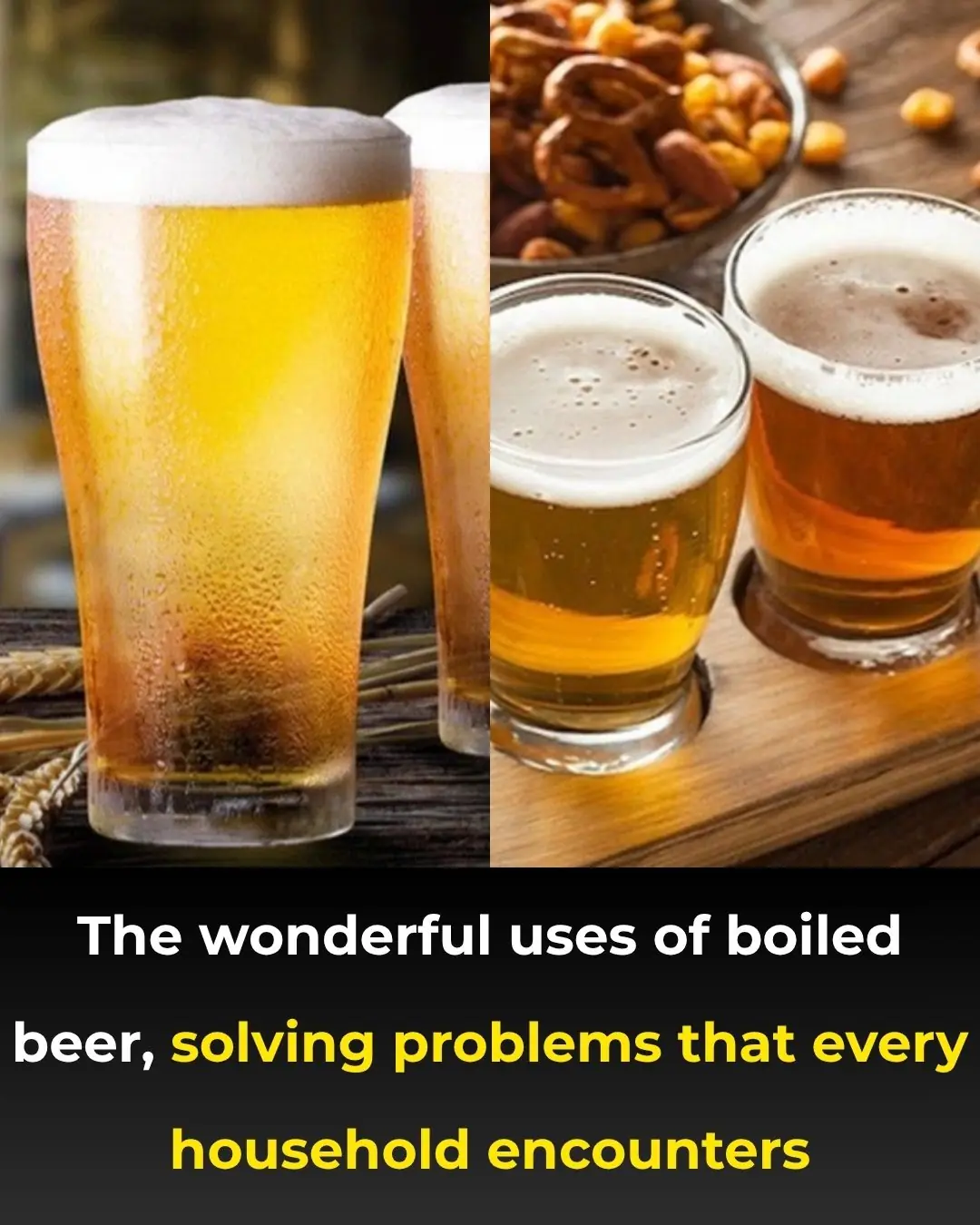
The wonderful uses of boiled beer, solving problems that every household encounters

Tom Fletcher and Son Buzz Deliver Emotional Duet for BBC Children in Need 2025

Beware Portuguese Man-of-War Found on Beach

Why Your Dog Stares at You …What That Look Really Means

Say Goodbye to Swelling: Natural Ways to Beat Water Retention Fast!

Do You Think Like an FBI Agent

What Your Nails Reveal About Your Health: Hidden Signs You Shouldn’t Ignore

Apple and Issey Miyake Redefine Tech Fashion With the $230 iPhone Pocket

A Simple Black Blade That Saves Birds: The Surprising Wind Turbine Breakthrough
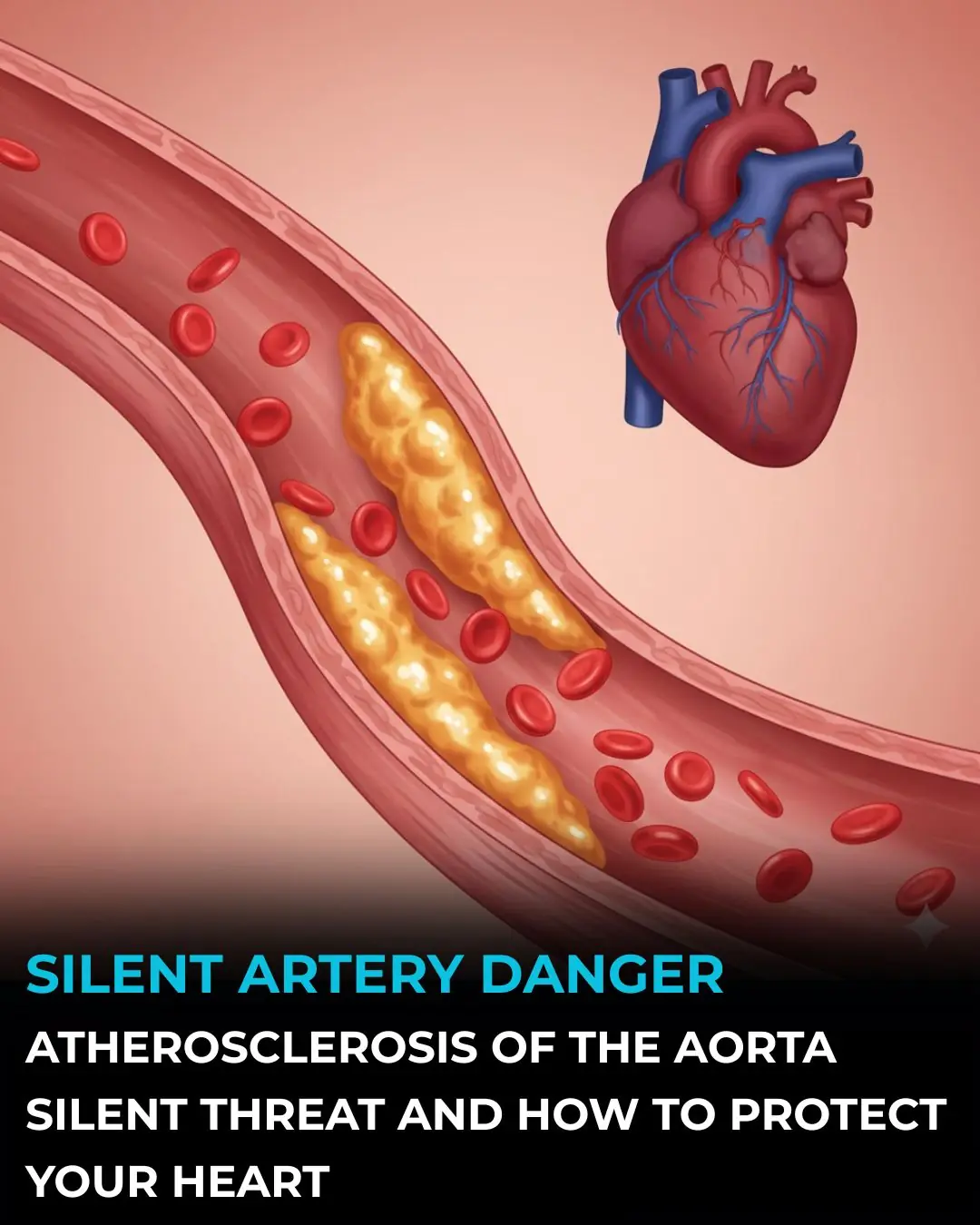
A Silent Threat: How Aortic Atherosclerosis Develops and How You Can Protect Yourself

6 Groups of People Who Should Avoid Eating Duck Meat — No Matter How Much They Crave It

The #1 reason to drink lemon water daily (and the mistakes that ruin it)

3 Types of Coffee Proven to Boost Longevity and Lower the Risk of Heart Disease and Stroke

4 Foods You Shouldn’t Eat With Tofu

Firefighters Want Everyone To Know What They Should Never Plug Into A Power Strip

Uncovering the Viral Trigger Behind Lupus: Scientists Reveal a Surprising Link

A Quiet Hero: The 24-Year-Old Saving Over 1,400 Animals from Euthanasia
